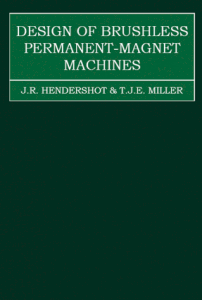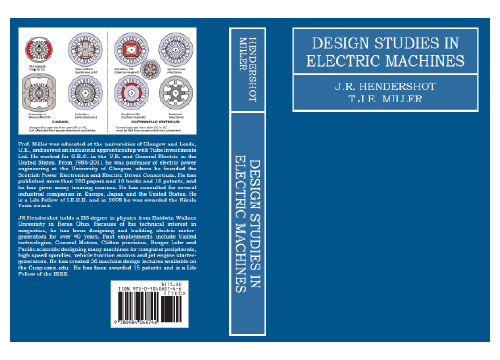An engineer's diary
- Sort condition
- Newest first
- Oldest first
- Large number of views
-
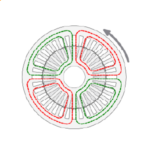
[No. 37] Some essential features of the induction motor – 2
In Column 36 we studied the cross-section of an induction motor with 36 slots, 30 rotor bars, and a 4-pole distributed winding. Just by looking at the features of the winding, we …
-
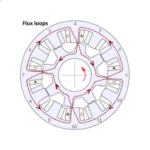
[No. 31] Some essential features of the switched reluctance motor
Every type of electric motor has certain essential features. One way to begin to understand them is to make a drawing, and at the same time make a list of observed features and ch…
-
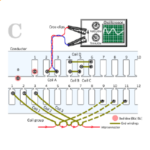
[No. 41] Coils and Conductors
The two previous Engineer’s Diaries were titled A and B: A for vector potential and B for flux-density. This is C, for coils and conductors — and maybe for “crocodile clips” (croc…
-

[No. 38] What has the automobile ever done for the electric motor?
From the provocative tone of the question, we might be led to expect an even more provocative answer : “nothing much”. Let’s see how wrong this is, and why.
-
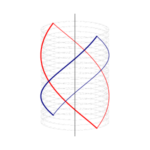
[No. 48] Helical winding
The helical winding (Figs. 1 and 2) was originally examined as a candidate air-gap winding for large 2-pole superconducting alternators at International Research and Development C…
-
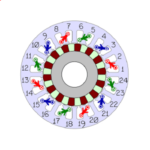
[No. 14] Synthesis of AC motor windings
How should we synthesize a suitable winding layout for an AC brushless PM motor? While the properties of existing windings can easily be analysed using a spreadsheet program, it …
-
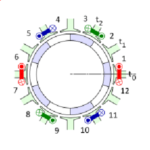
[No. 3] Görges diagram
The polygonal diagram of H. Görges (Das Görgessche Durchflutungspolygon) dates from 1907. Although it is highly developed in German literature, until recently it has been rare in …
-
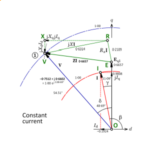
[No. 25] Constructing and reading the flux-weakening phasor diagram
This article concerns the permanent-magnet brushless AC motor. We’re going to review the phasor diagram, which has been the basis of AC motor theory for about 120 years. We will c…
-
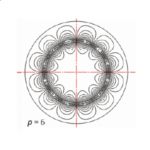
[No. 19] The number of poles in a rotary electrical machine
The figure shows the some of the effects of pole-number on the magnetic field in a rotary electrical machine.It is a highly idealised figure: the winding is a current-sheet in the…
-
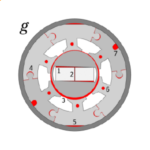
[No. 45] Gaps
Fig. 1 shows a 2-pole IPM (interior permanent-magnet motor) that nobody would want to build. It has so many 'departures from the ideal', yet all of its imperfections can arise in …
-

[No. 51] Current-density J
Next in alphabetic sequence is J — which could stand for 'JMAG' or 'JAPAN', but instead let us think of J as the common symbol for current-density. Sometimes when I think about c…
-
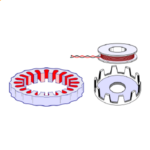
[No. 4] The Historic Claw-Pole Machine
My grandson is interested in mathematics and history. Maybe it is an unusual combination, but both these subjects are helpful in looking forwards as well as backwards. In engineer…
-
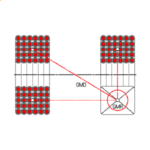
[No. 26] The remarkable work of Rosa and Grover
One of my teachers (Dr. Thomas Foord) gave undergraduate lectures that were so clear, I feel as though I could repeat them nearly 55 years later. Of course I could not do it. That…
-
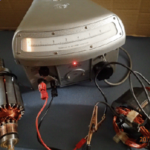
[No. 1] When is a fluxmeter not a fluxmeter?
A fluxmeter is an integrating voltmeter. It never measures flux directly. It measures flux-linkage, the integral of voltage with respect to time. It is true that flux can be estim…
-
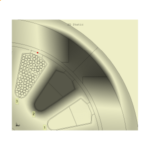
[No. 35] The position of wires in the slot
In the armature of a permanent-magnet DC motor, the wires usually occupy a rather untidy pattern in the slot — not because there is anything wrong, but simply as a result of the w…
-
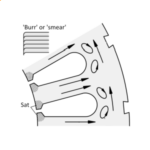
[No. 27] Loss Segregation
Like many quotations, this is a shocking example of quoting someone out of context. It comes from Cyril G. Veinott, writing in 1935, [1]. That sentence is followed by seven others…


